Stewardship and Almsgiving in Luke's Theology
Bell & Howell Information and Learning Formula omitted (...) Stewardship and Almsgiving in Luke's Theology, by Kyoung-jin Kim. JSNTSup 155. Sheffield: Sheffield Academic Press, 1998. Pp. 318. L50.00/$85.00. Luke's interest in the theme of poverty and wealth is obvious, and many have taken in hand to discuss various aspects of his approach to the subject. But questions concerning Luke's specific focus, especially relating to the topic of discipleship, led Kyoung-Jin Kim to submit a dissertation on the subject to the University of Glasgow (1993). The present work is a slightly revised version. Taking a cue from Luke's repeated reference to (...), Kim suggests that Luke's larger geographical area experienced an increase of (...). In such a context Luke writes his works, "among other reasons to afford his congregation, particularly wealthy Christians, appropriate ethical teachings on how to deal with wealth and to behave themselves as Christians" (p. 53). To shore up this proposal, Kim first of all probes the theme of discipleship in Mark (written 64-70 CE in Rome) in order to compare it with Luke's treatment and thus shed light on the latter's views of stewardship. More so than Luke, Mark highlights exposure of Christians to persecution. The Gospel of Mark is all about discipleship, with focus on commitment to share the destiny and mission of Jesus. The largely negative view of Jesus' disciples is designed to demonstrate a failed discipleship, against which the commitment of Jesus, who leaves an exemplary track for the disciples to follow, stands in sharp relief. In contrast to Mark's negative portrayal of the disciples, Luke's is more positive. Kim demonstrates this by pointing out Luke's omission or amelioration of unfavorable details at various stages in his narrative. In Mark the teaching of Jesus is largely limited to a small coterie of followers, whereas in Luke there is a larger circle receiving similar instruction, especially exhortation to renounce familial associations and material possessions. This exhortation is met with radical divestiture by itinerant disciples and with less total renunciation by such followers as the Galilean women and Zacchaeus. In contrast to Mark's teacher-pupil motif and Matthew's Father-Son motif, which appears alongside that of teacher-pupil, Luke develops a master-slave motif. Jesus adopts the role of a slave (Luke 22:27) and thus provides a model for Christian service. As slaves under their Master, Christians are responsible for the manner in which they function as stewards of the possessions God has entrusted to them to meet the needs of the poor, who are apparently not limited to membership in Christian congregations. Through various accounts (2:42-47; 4:32-37; 9:36-43, Tabitha; 10:1-48, Cornelius; 11:27-30, the Antioch church; 20:35, a dominical saying) Acts continues the theme of stewardship of wealth presented in the Gospel and shows that Luke is adept at bridging OT and Greco-Roman motifs relating to the concept of an ideal community in which members are of one mind. But this community does not administrate a common fund in the sense of pooling the wealth of all its members. Rather, its wealthier members contribute to the needs of their poor neighbors. Moreover, the assistance to the poor described in Acts 2-4 is more analogous to that of the town-based Essene communities than to that of the Qumran community. â¦
{{comment.content}}
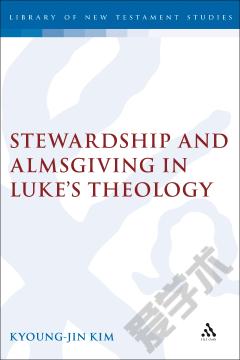


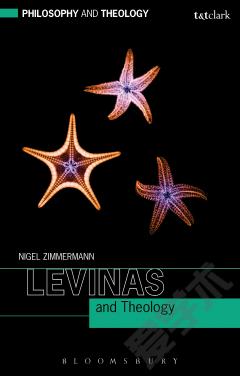
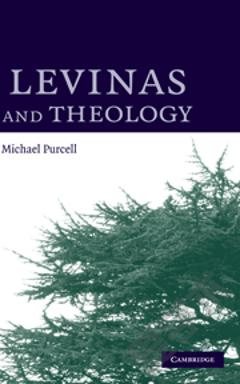
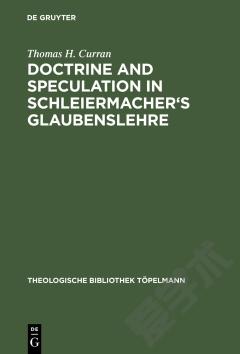
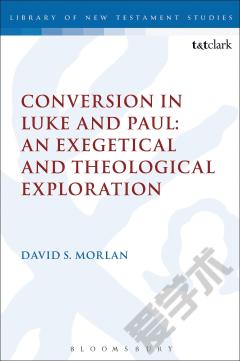

 京公网安备 11010802027623号
京公网安备 11010802027623号